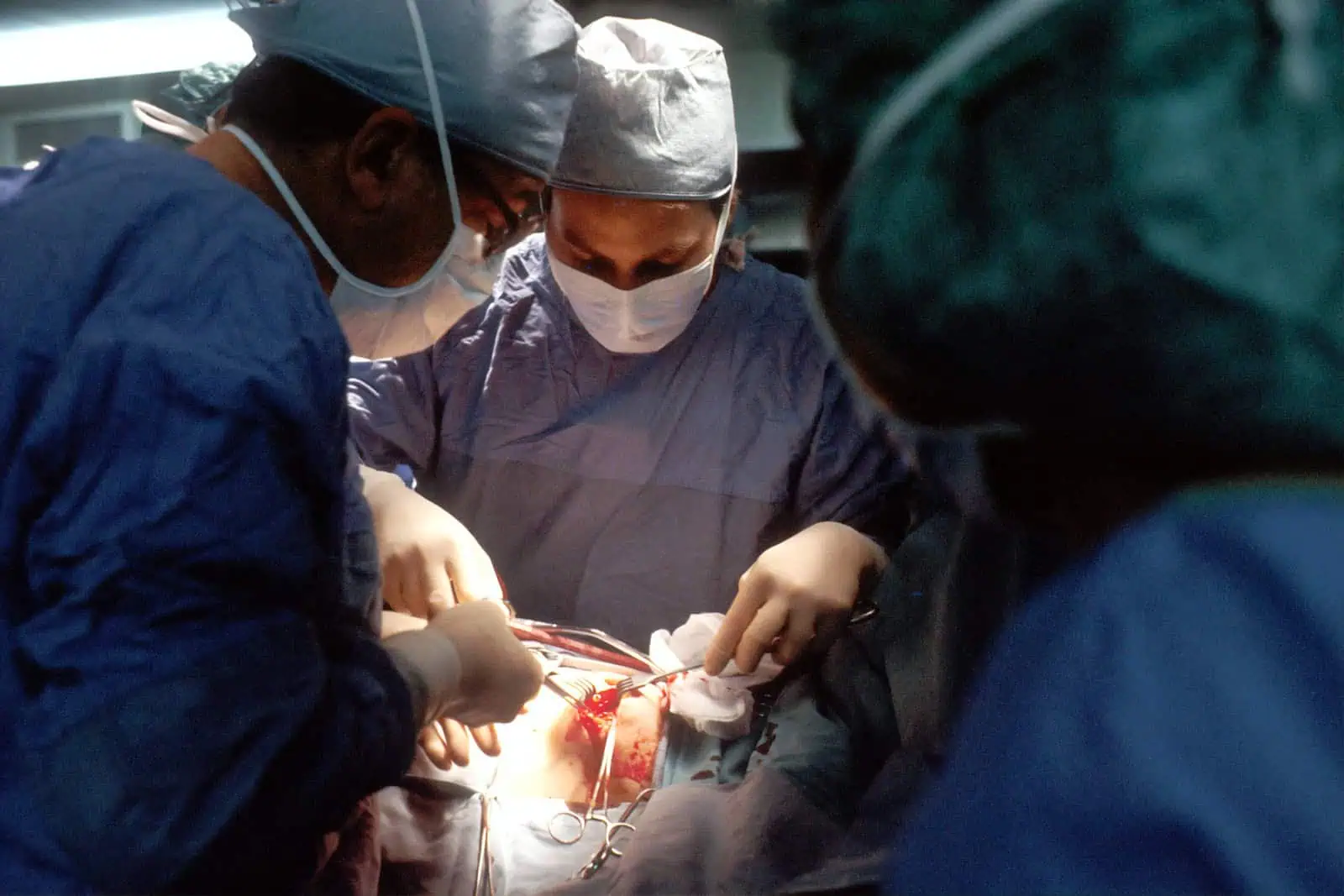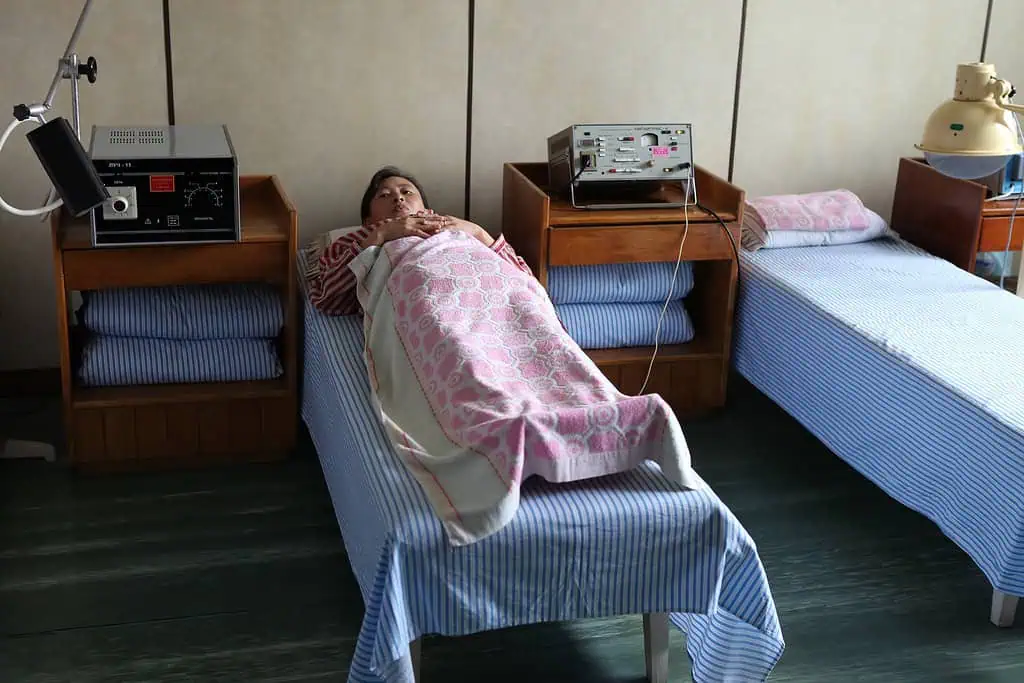Exact Answer: 4 to 6 days
According to the research, an aortic aneurysm is a weakened part of the aorta of the human body. The aorta leaves the heart and passes down to the chest and abdomen. In few cases, the aneurysm may stretch and grow which causes serious health problems and tends to death in case of improper treatment.
If it remains untreated for a longer time, it starts to bleed which is harder to control. During the procedure, the ruptured part is treated with a synthetic material known as a graft. As it involves high risk, doctors will recommend a less invasive treatment initially. Before proceeding with the aortic aneurysm surgery, be aware of all the options available.

How Long In Hospital After Aortic Aneurysm Surgery?
An aortic aneurysm is nothing but a bulge in the aorta which helps to carry the blood from the heart to other parts of the body, the most important blood vessel of our human body. Surgery of an aortic aneurysm is highly appreciated when the aneurysm is in the stage of rupturing. This can be identified by certain symptoms or by taking an x-ray which tells about the size of aneurysms.
The complete treatment takes around only 2 to 4 hours but it is important to stay in the hospital for nearly 4 days to monitor the post-surgery. For most people, it takes almost 2 months to get recover from a ruptured aneurysm. You must visit the doctor according to the given schedule to know about the status of recovery. Once you have recovered completely, you can opt for an annual checkup.
Doctors will recommend undergoing a CT scan or ultrasound to check the ruptured aorta. There are different types of repairing procedures like Abdominal aortic aneurysm repair (AAA repair), Thoracic aortic aneurysm repair, and so on. AAA repair is used when a problem arises in the abdomen part. And it is considered as most common aneurysm repair treatment whereas Thoracic aortic aneurysm repair takes place when a ruptured aorta is identified in a part of the chest.

Though there are few risks of repairing the aorta, it is considered far better than surviving with a ruptured aorta. Often, after the surgery people tend to live longer and healthier. It is necessary to follow up the medications up to a certain period to avoid further complications.
| Type Of Surgery | Recovery Period |
| Open Chest Surgery | 6 months |
| Endovascular procedure | 4 weeks |
Why Does That Long In Hospital After Aortic Aneurysm Surgery?
As aortic aneurysm takes place both in the chest and abdomen, the recovery rate relies on the treated area and the amount of repair. During the recovery period, it is necessary to overcome side effects that occur due to medications and also to regain energy as soon as possible. Immediately after the surgery, patients will be shifted to the Intensive Care Unit where they will be monitored for nearly 2 days for further processes.
You may feel uncomfortable where you will be treated with an incentive spirometer to enlarge your lungs and gives you more relief from the tightness in the chest area. It also helps to measure the lung capacity to break down the congestion. Further, you will be shifted to a step-down unit after 2 days where all your tubes and catheters will be detached and you will be in the comfort zone for 2 more days before being discharged.
Few people stated that, like other treatments, aortic surgery also comes with a slight pain during the recovery period which can be reduced by pain killers. If the pain arises within 2-3 days of surgery, you will be given medicines with the help of a patient-controlled analgesia pump (PCA). You may feel little tiredness until one or two weeks after the treatment.

Though you may feel better after a week, it takes nearly six to seven weeks for complete recovery of the sternum, due to which you are restricted to do strenuous activities. People continue to work after three days in case of no physical activities and six weeks where physical labor is necessary.
Conclusion
This surgery is considered one of the safest procedures. But there may be few complications following the surgery like swelling at the treated area, heart problems, or few infections. Open repair surgery’s recovery rate is faster but there is a high risk while performing and also after the surgery.
Often, the risk of surgical treatment depends on the area where the aneurysm is present. In very rare cases, due to circulatory collapse, it may also cause death. It is recommended to verify both pros and cons before proceeding with the treatment. A less invasive repair is considered a good preference but this does not suit all the repairs.